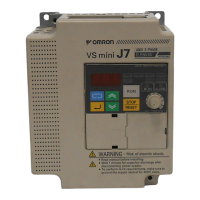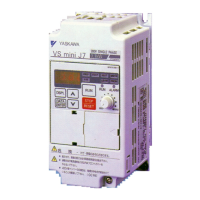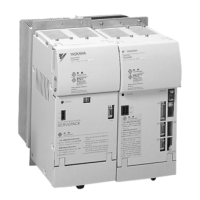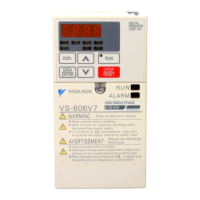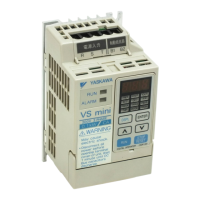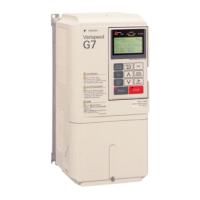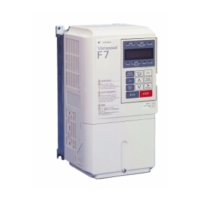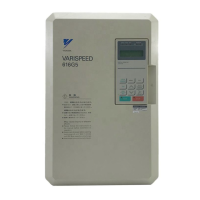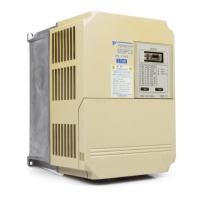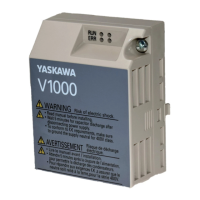What to do if YASKAWA VS MINI J7 Inverter motor stops and there's no torque?
- LlmillerAug 19, 2025
If the motor stops and torque isn't output, it could be due to a few reasons. The stall prevention level during acceleration (n56) might be too low, causing the output current to reach the set level and stop the output frequency; check if it is set to an appropriate value. Similarly, a low stall prevention level during running (n57) could cause the speed to drop when the output current reaches the set level; check if that setting is appropriate. Another possibility is that the load is too heavy, activating stall prevention; in that case, lengthen the set acceleration time (n16) or reduce the load.
